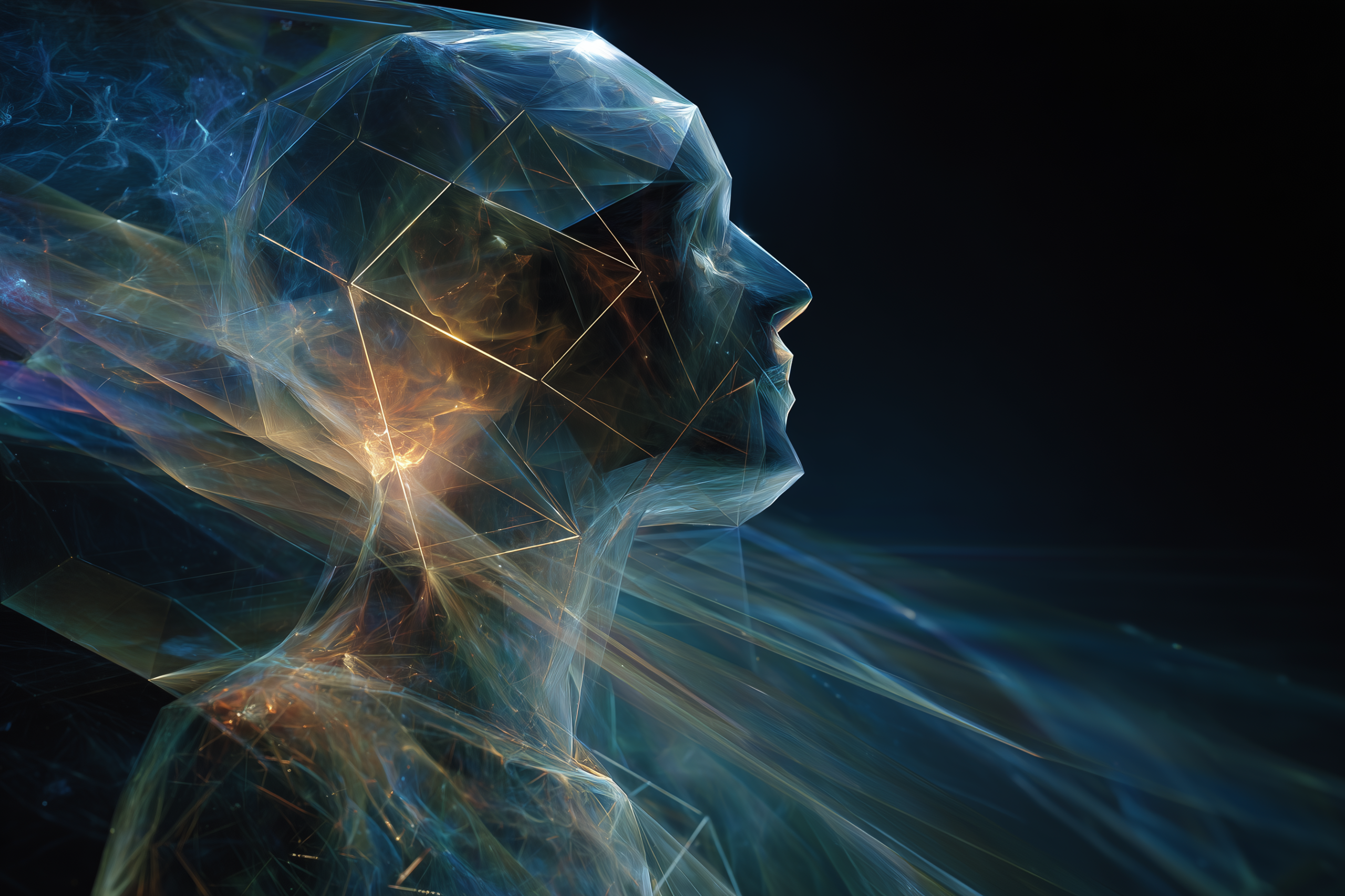Lasting breakthrough change isn’t accidental—it’s engineered.
Yesterday, we explored how Clarity Loops work—how upgraded filters create environmental feedback that compounds exponentially. The “impossible” 3D scanning project I shared, provided the perfect demonstration of this principle in action. But that discovery was largely accidental.
From that experience, the question that emerged:
How do you design consciousness-environment feedback loops intentionally rather than hoping they develop randomly?
After analyzing dozens of breakthrough transformations across multiple domains, I’ve identified four foundational pillars that turn accidental Clarity Loops into engineered systems for conscious reality architecture.
Understanding these pillars transforms personal development from random improvement attempts into systematic environmental feedback engineering.
The Architecture of Conscious Transformation
Traditional personal development focuses on changing yourself and hoping your environment responds positively over time. This approach produces linear results at best, but often fails entirely when the environmental resistance faced overwhelms your individual effort.
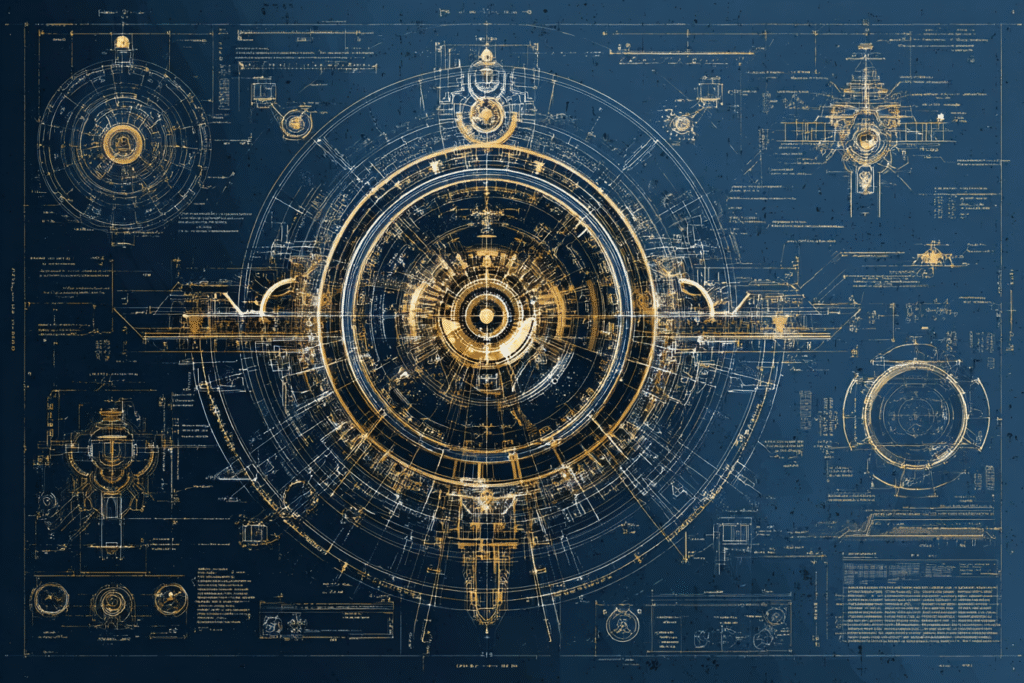
Clarity Loop Architecture works differently. Instead of just changing yourself, you systematically design the conditions that make breakthrough transformations inevitable.
Each pillar creates a specific type of leverage:
- Pillar 1 creates internal leverage through strategic filter calibration
- Pillar 2 creates external leverage through environmental design
- Pillar 3 creates measurement leverage through feedback optimization
- Pillar 4 creates compound leverage through systematic integration
When properly implemented and applied, these pillars create self-reinforcing systems where improvements in any area automatically accelerate improvements in all other areas.
Pillar 1: Strategic Filter Calibration
Filter calibration means the conscious programming of your perceptual systems to detect patterns that serve your objectives while reducing sensitivity to limiting patterns.
But not all filter upgrades create equal environmental feedback. Some changes produce dramatic environmental shifts, while others remain primarily internal experiences.
The Environmental Impact Principle
The highest-leverage filter calibrations are those that change how you engage with other people and opportunities. These create immediate environmental feedback because humans and systems respond differently to different types of engagement.
For example:
- Upgrading from problem-detection to solution-detection changes how you show up in conversations and collaborations
- Shifting from threat-assessment to opportunity-recognition changes what information people share with you
- Moving from resource-scarcity to resource-abundance perception changes what possibilities you explore
Understanding this environmental impact principle is crucial, but knowing which filter to upgrade first makes the difference between scattered effort and systematic breakthrough.
The key is identifying the single filter upgrade that will create the most environmental feedback in your current situation—the one that will generate the strongest positive response from your environment, creating momentum for additional upgrades.
Let’s look at the framework I’ve developed to help make this critical selection confidently.

(SF)²: Strategic Filter Selection Framework
This three-step process ensures you select the filter upgrade with maximum environmental impact potential:
Current Filter Audit: Identify your three most limiting filtering patterns across these domains:
- Problem-solving approach: How do you automatically respond when challenges appear?
- Opportunity recognition: What possibilities do you consistently miss or dismiss?
- Resource perception: How do you automatically assess what’s available to you?
- Collaboration dynamics: What do you automatically expect from working with others?
Once you’ve identified your limiting patterns, the next step is determining which one offers the greatest leverage for environmental change.
Environmental Impact Assessment: For each limiting filter, evaluate:
- How does this filter affect how others perceive and engage with you?
- What opportunities don’t emerge because of how this filter makes you show up?
- What feedback loops could be created if this filter were upgraded?
With your impact assessment complete, you can now design your specific filter upgrade with precision. This step transforms your analysis into a clear, actionable transformation statement that your brain can systematically implement.
Target Filter Definition: Transform your limiting filter using this framework:
- From: [Current automatic pattern]
- To: [Specific upgraded pattern]
- Environmental Signal: [What external change will indicate success]
For example, if collaboration is your highest-leverage domain:
- From: ‘When others bring me challenges, I automatically analyze potential obstacles and explain why their approach might not work’
- To: ‘When others bring me challenges, I automatically ask: What would success look like? and What resources could make this possible?’
- Environmental Signal: Collaborators start seeking my input more frequently because they experience me as someone who expands possibilities rather than highlights limitations
Having defined your target filter, the final step is implementing it using neuroplastic principles specifically calibrated for environmental feedback.
Implementation Through Enhanced FILTER 2.0
Now that you’ve performed your Current Filter Audit, conducted your Environmental Impact Assessment, and created your Target Filter Definition, you’re ready to apply the FILTER 2.0 method from Day 15 with specific attention to the environmental impact:
- Frequency: Practice the new filter in interpersonal contexts where you can observe environmental responses
- Imagination: Visualize not just your changed behavior, but others’ responses to your changed behavior
- Linking: Connect the filter upgrade to environmental outcomes you want to create
- Targeting: Focus on filters that directly influence how you engage with external systems
- Evaluation: Track environmental feedback, not just internal changes
- Recalibration: Adjust based on what environmental responses you’re actually generating
The key takeaway: the most powerful filter calibrations create positive feedback loops with your environment rather than just internal satisfaction.
But even the most precisely calibrated filter will struggle without supportive environmental conditions. This is where the second pillar becomes important—systematically designing your external environment to amplify and sustain your upgraded filters.
Your filters shape perception—but it’s your environment that reinforces what sticks. Let’s now turn outward.
Pillar 2: Environmental Design
Environmental design means restructuring your physical, digital, and social environments to reinforce the upgraded filters you’ve created, while making old patterns less and less accessible.
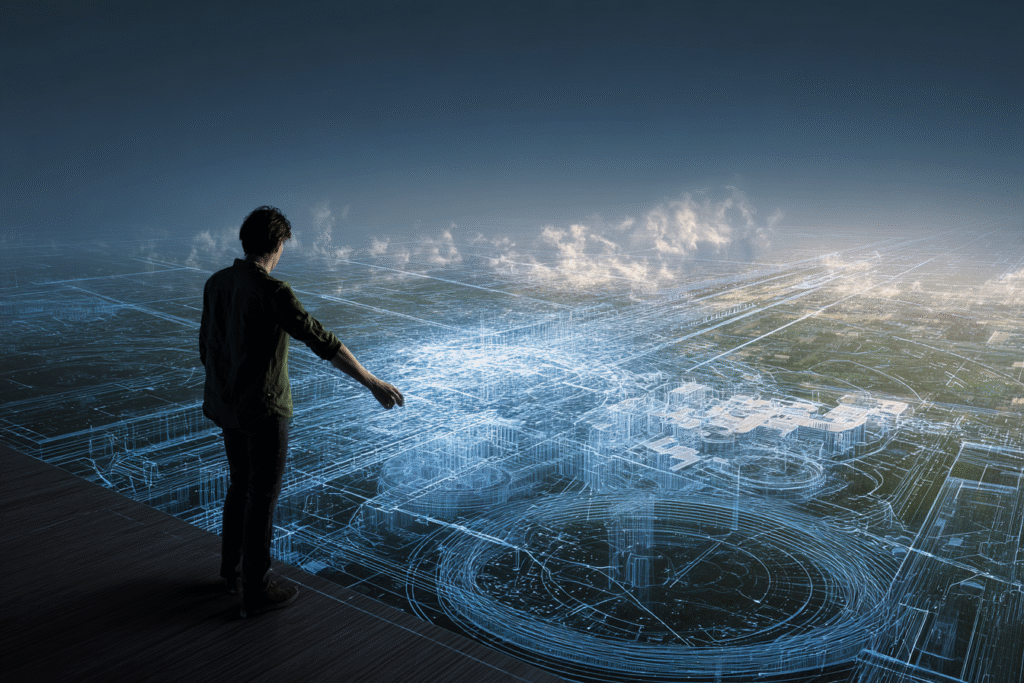
Your environment should support and amplify your target filtering patterns automatically, reducing the willpower and activation energy required to integrate and maintain any new patterns, while making breakthrough thinking and transformation more likely to emerge naturally.
Physical Environment Optimization
Your physical space should make the new pattern easier to access—and the old one harder to fall back into. Whether you realize it or not, your mind has associated certain behaviours to the environment around you.
This is why elite performers develop specific routines they never deviate from – these routines automatically trigger the mental state and focus patterns that maximize their performance.
If you’re calibrating for solution-detection, surround yourself with:
- Visual reminders of previous breakthrough moments
- Tools that facilitate creative problem-solving
- Clear spaces that encourage expansive thinking
- Organized reference materials that make cross-domain connections more visible
If you’re upgrading opportunity-recognition filters, create:
- Workspace arrangements that make new information easily discoverable
- Dedicated spaces for exploring tangential ideas
- Positioning where serendipitous encounters become more probable
- Systems that expose you to diverse perspectives and approaches
These simple changes to your environment will work subconsciously to help your mind recalibrate and tune down your existing filters to program and strengthen the new ones you’ve created.
Digital Environment Curation
Like your physical environment, your information diet directly influences your filtering patterns more than most people realize.
Consciously curate your digital inputs to support your target filters:
- If developing solution-oriented thinking, follow sources that demonstrate creative problem-solving across multiple domains
- Unsubscribe from sources that primarily highlight problems without exploring solutions
- Create information discovery systems that expose you to cross-domain patterns relevant to your growth areas
- Use tools and platforms that encourage broad pattern recognition rather than narrow specialization
By consciously crafting the information that you consume and are exposed to, you’re sending a strong signal to your mind about the areas and things that it should focus on. As this becomes easier over time, you’ll start to compound the benefits.
Social Environment Architecture
This last layer is often the highest-leverage environmental design element because humans are fundamentally social learners.
Unfortunately, because of the emotional impact and attachments that this environment creates, it’s often the one where most people stumble. This is why it’s last, you build up to it from the others.
Relationship Curation: Systematically cultivate relationships with people whose filtering patterns complement and challenge your own productively.
If you’re working on opportunity-recognition, spend more time with people who consistently spot and create opportunities. Their filtering patterns will influence your own through proximity and collaboration.
Accountability and Feedback Systems: Create feedback mechanisms with people who can reflect your progress back to you and help you adjust when you drift toward old patterns.
Collaborative Contexts: Seek out projects and conversations that require you to practice your target filter with others who can observe and respond to your upgraded engagement.
The principle: your social environment should naturally reinforce your development while providing real-time feedback on your progress.
Once you’ve created the conditions for feedback to flow to you consistently, you can start to optimize it.
Pillar 3: Feedback Optimization
Without proper feedback systems, you can’t distinguish between changes that create environmental shifts and changes that only feel significant internally.
Most people fail at systematic transformation because they optimize for how change feels rather than for measurable environmental responses.
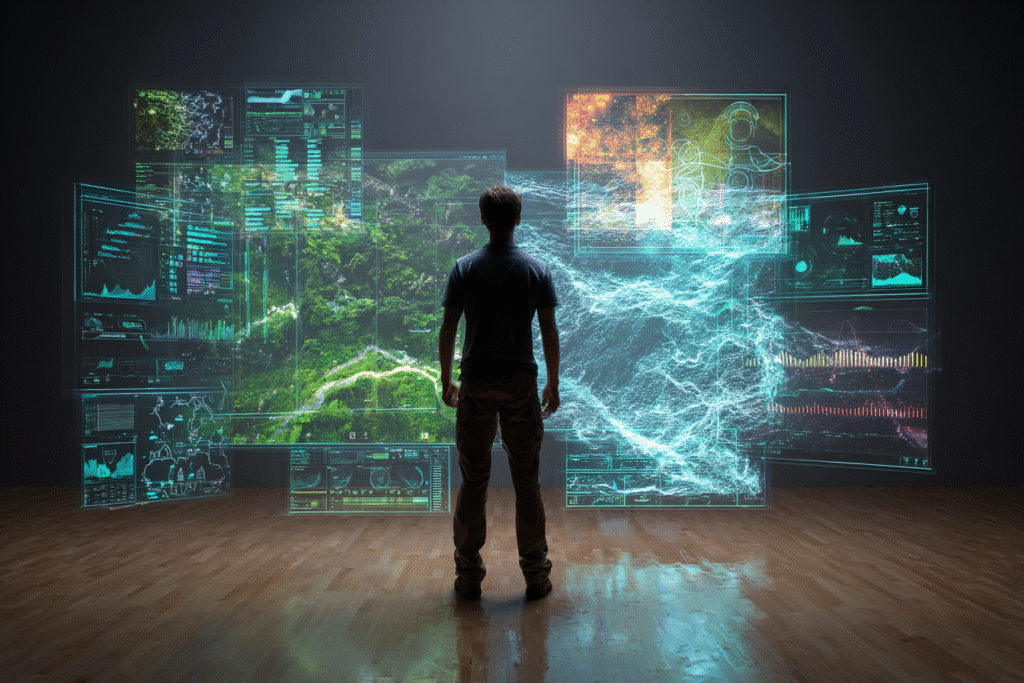
Environmental Response Tracking
The best way to avoid this pitfall is to develop specific metrics for measuring environmental feedback to your filter changes.
This isn’t about vanity metrics or generic “life satisfaction” scores. It’s about tracking the specific environmental responses and signals that indicate your filter upgrades are creating external shifts.
High-Quality Feedback Signals:
- Different types of opportunities being presented to you
- Changes in how collaborators engage with you during problem-solving
- Shifts in what information and resources people share with you
- Evolution in the complexity and scope of challenges you’re invited to tackle
- Frequency of being consulted for challenges in your domain
Weekly Environmental Feedback Review:
- What changed in your external world this week?
- What new patterns became visible that weren’t there before?
- What opportunities or connections emerged that wouldn’t have appeared with your previous filtering settings?
- How did others respond differently to your upgraded engagement?
Consistent tracking reveals patterns, but the real leverage comes from accelerating these feedback cycles. It’s that speed of response that turns linear growth into exponential momentum.
Feedback Loop Acceleration
The faster you can detect and respond to environmental feedback, the more rapidly your Clarity Loops develop, the quicker you’ll experience breakthrough changes.
This is why it’s important to create systems that give you real-time feedback on how your filter upgrades are working:
- Frequent check-ins with collaborators about how they experience working with you
- Simple opportunity tracking to notice changes in what becomes available
- Weekly pattern reviews to catch subtle environmental signals you might miss day-to-day
All these simple practices will help you to see how your filter upgrades and actions are affecting your reality. The goal is reducing the lag time between filter adjustment and environmental feedback recognition as much as possible.
The more loops you can perform in a short period of time, the more you will amplify and compound the effects of your filters across domains.
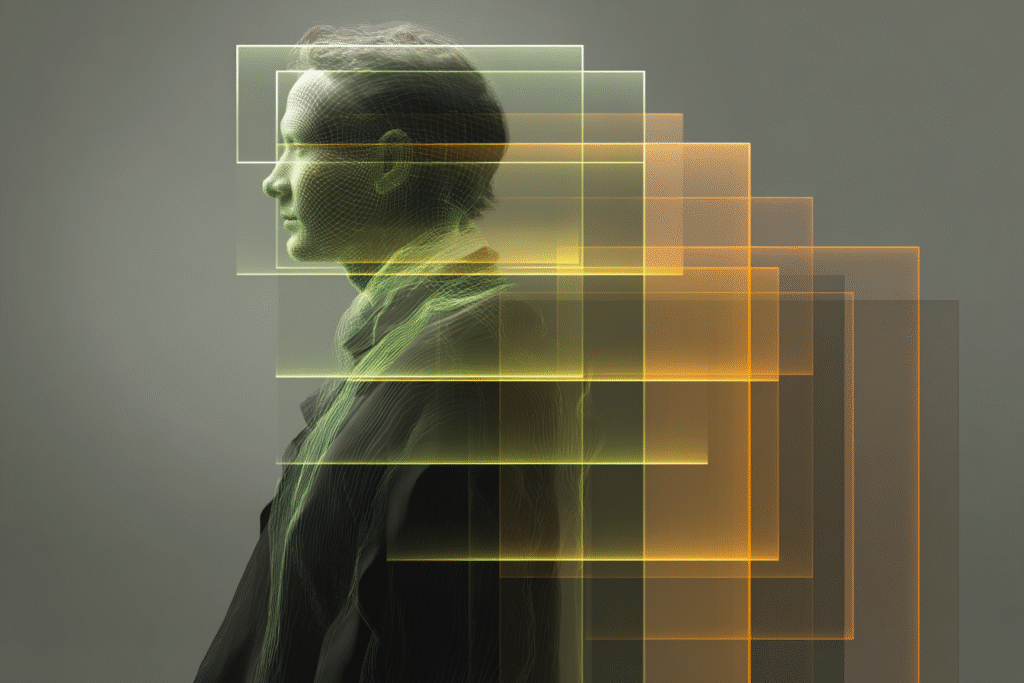
Signal Detection Enhancement
Your ability to detect and interpret environmental feedback improves with conscious practice.
Most people miss environmental feedback because they’re looking for dramatic changes rather than subtle shifts that compound over time.
At first, this will require attention and effort, practice and repetition, but very quickly it will become automatic, and eventually it will be a silent and efficient filter running in the background of your mind.
Regular reflection sessions where you analyze the relationship between internal filter adjustments and external environmental shifts help you develop sensitivity to feedback patterns you might otherwise dismiss as coincidental.
As a reality architect, you are no longer allowed to believe in coincidence.
If you can’t trace how your participation influenced an outcome, that’s a signal detection skill to develop, not randomness to dismiss.
Pillar 4: Loop Integration
Clarity Loops are powerful on their own—but when integrated, they create exponential transformation.
Loop integration means designing your various filter upgrades to reinforce and amplify each other, creating a systematic architecture where improvements in one area automatically enhance capabilities in other areas.
Multi-Filter Synergy
Instead of working on isolated filter upgrades, design filter combinations that create synergistic effects. Start with one, then as you become more attuned, add another layer, and so on, one filter at a time.
For example, combining opportunity-recognition filters with solution-detection filters creates powerful amplification:
You not only spot more opportunities, but automatically approach them from a solution-oriented perspective, which increases your success rate, which improves your reputation for opportunity development, which brings you even more opportunities.
Strategic Filter Stacking:
- Primary filter: Your highest-leverage upgrade that creates the most environmental feedback
- Secondary filter: Complements and amplifies the environmental responses from your primary filter
- Tertiary filter: Supports implementation and maintenance of both primary and secondary filters
While strategic filter stacking creates powerful internal synergy, true loop integration requires your environment to actively support this multi-filter development across all domains simultaneously.
Cascade-Enabled Architecture
Design your environment so that positive changes in one area create supportive conditions for positive changes in other areas.
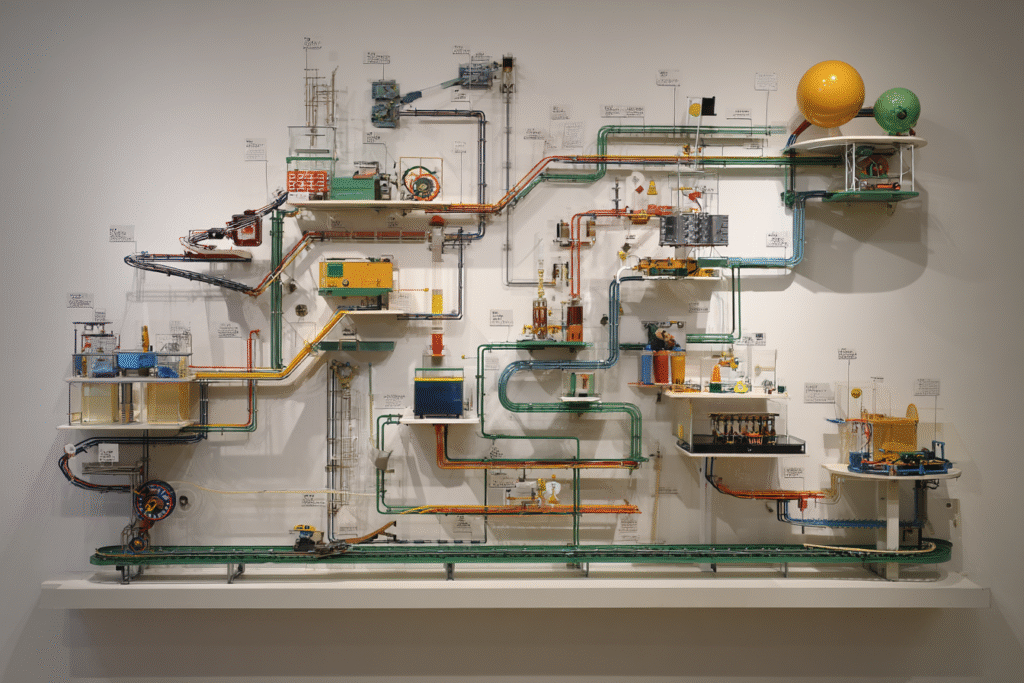
Your communication filter improvements should create relationship improvements that provide more opportunities to practice creative problem-solving, which develops your innovation capabilities, which attracts more complex challenges, which further develops your communication skills through necessity.
This creates what I call “Environmental Cascade Effects“—where each improvement automatically creates conditions that support further improvements across multiple domains.
Continuous Architecture Evolution
As your Clarity Loops mature, your capacity for even more sophisticated loops increases.
Advanced loop integration involves designing your entire life and work architecture as an integrated system for continuous perceptual expansion.
Every project becomes an opportunity to further develop your filtering capabilities while contributing meaningfully to others’ development. Every relationship becomes a mutual Clarity Loop acceleration system. Every challenge becomes a chance to refine and integrate multiple filter upgrades simultaneously.
Advanced integration unfolds naturally as your capabilities mature. Master your first Clarity Loop completely before introducing additional layers – this foundation becomes the stable platform from which more sophisticated loops can emerge.
The Meta-Loop: Learning to Create Loops
The most sophisticated integration is developing your capability to design new Clarity Loops consciously rather than just optimizing existing ones.
This meta-skill allows you to continuously expand into new domains and capabilities by understanding the underlying principles that make any Clarity Loop effective, regardless of the specific content area.
When you master loop creation itself, you gain the meta-capability to systematically develop breakthrough performance in any domain that interests you.
Integration Architecture: How the Four Pillars Work Together
The four pillars aren’t independent—they’re designed to reinforce each other systematically:
Pillar 1 (Filter Calibration) creates the internal conditions for noticing opportunities and solutions that were previously invisible.
Pillar 2 (Environmental Design) creates external conditions that support and amplify your upgraded filters while making old patterns less accessible.
Pillar 3 (Feedback Optimization) creates measurement systems that help you detect and accelerate the environmental responses to your upgrades.
Pillar 4 (Loop Integration) creates compound effects where improvements in any area automatically accelerate improvements in all other areas.
When properly implemented together, these pillars transform individual development into systematic reality architecture.
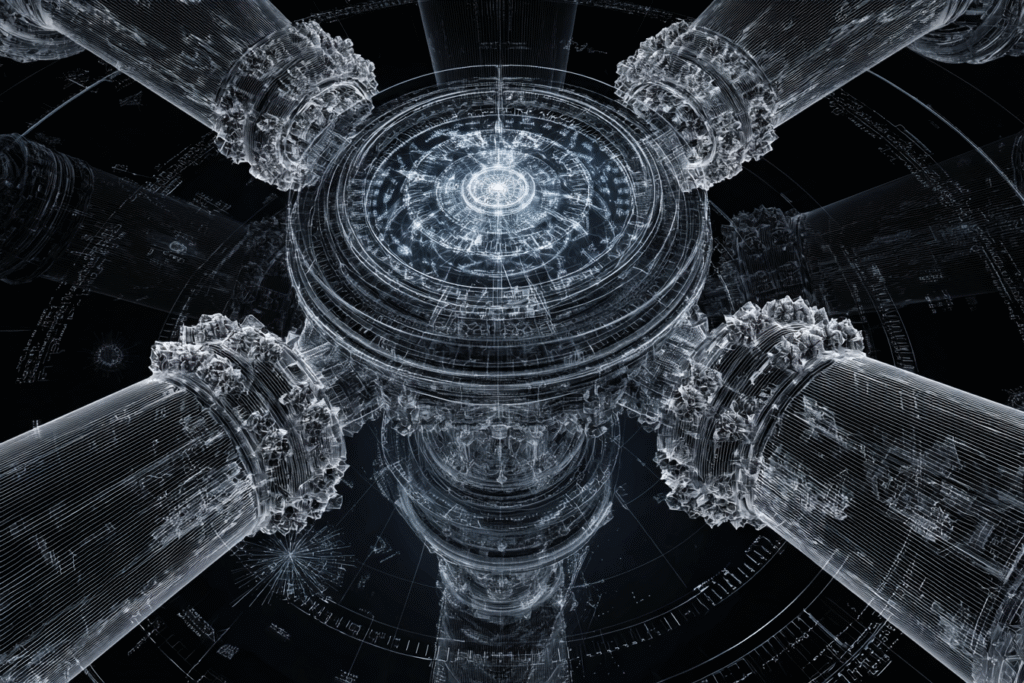
This integrated approach creates what I call ‘Architectural Momentum‘—where your development system becomes self-reinforcing and begins generating insights and opportunities faster than you could create through isolated efforts.
Like a self-reinforcing spiral staircase, each layer makes the next one easier to climb.
This systematic integration makes transformation designable, measurable, and reliably repeatable—transforming breakthrough development from art into engineering.
Why Most Transformation Efforts Fail
Understanding the four pillars also reveals why most people’s attempts at systematic change plateau or fail:
Failure Pattern 1: Working on filter calibration without environmental design—changes feel good internally but don’t create lasting environmental shifts.
Failure Pattern 2: Changing environment without filter calibration—external changes feel forced and unsustainable without internal alignment.
Failure Pattern 3: Missing feedback optimization—no way to distinguish between changes that create real environmental shifts versus changes that only feel significant.
Failure Pattern 4: Isolated improvements without integration—individual changes that don’t reinforce each other and eventually plateau.
The four pillars prevent these failure patterns by creating systematic integration from the beginning.
From Pillars to Practice
These four pillars provide the architectural foundation for conscious reality design. But architecture without implementation remains theoretical.
Tomorrow, we’ll translate these principles into a complete step-by-step protocol that allows you to build your first systematic Clarity Loop, starting with whatever filtering pattern most needs upgrading in your current situation.
You’ll learn exactly how to identify your highest-leverage filter upgrade, design environmental conditions that amplify your development, create feedback systems that accelerate your progress, and integrate multiple improvements into compound transformation effects.
But for today, some food for thought:
Which of the four pillars represents your biggest opportunity? Where could systematic architecture create breakthrough acceleration in your current development?
Your first Clarity Loop begins when you recognize that breakthrough transformation can be engineered—not just hoped for.
You are not just a participant in your environment—you are its architect.
Every loop you design becomes a blueprint for your future.
See you in the next insight.


